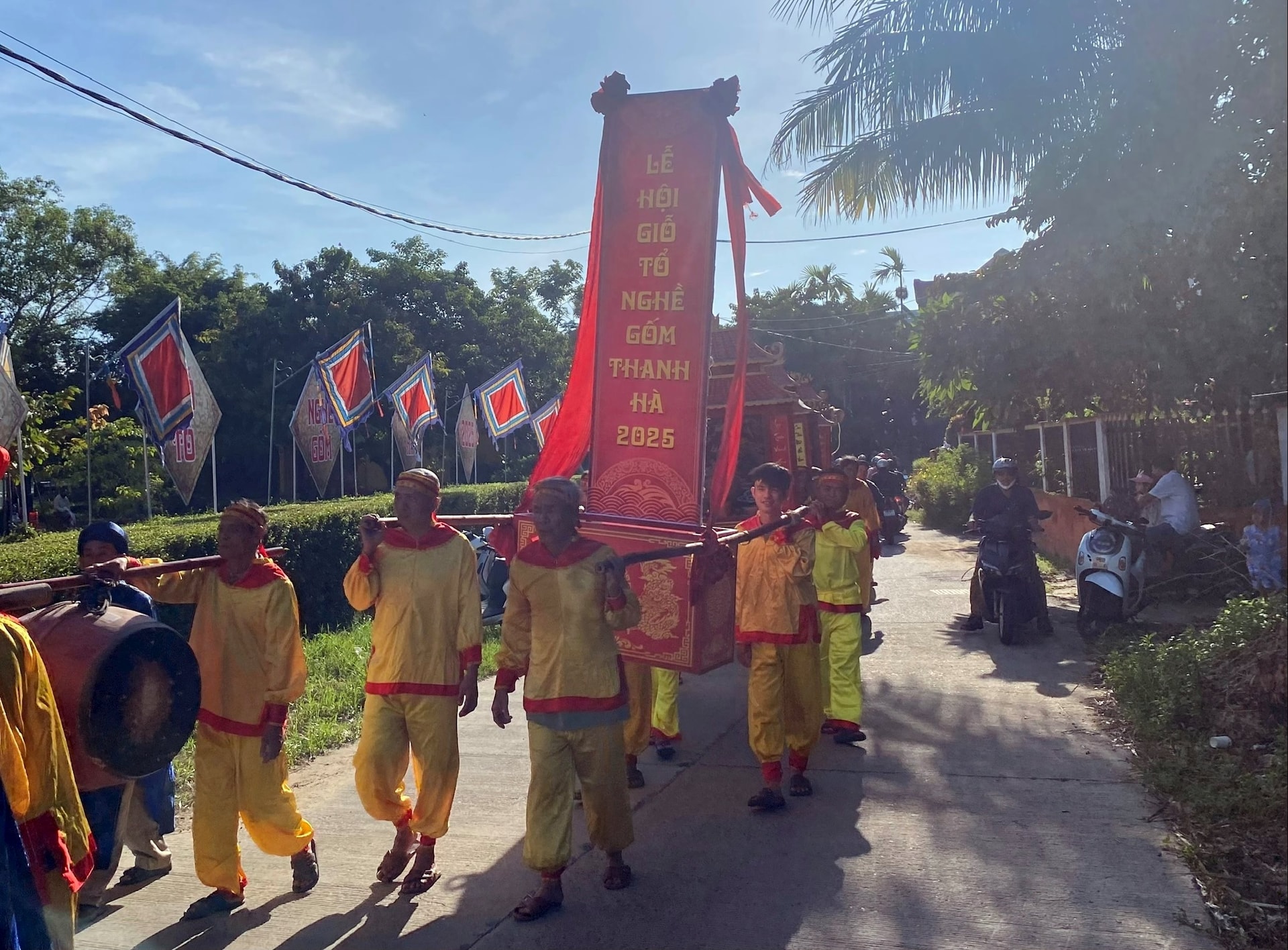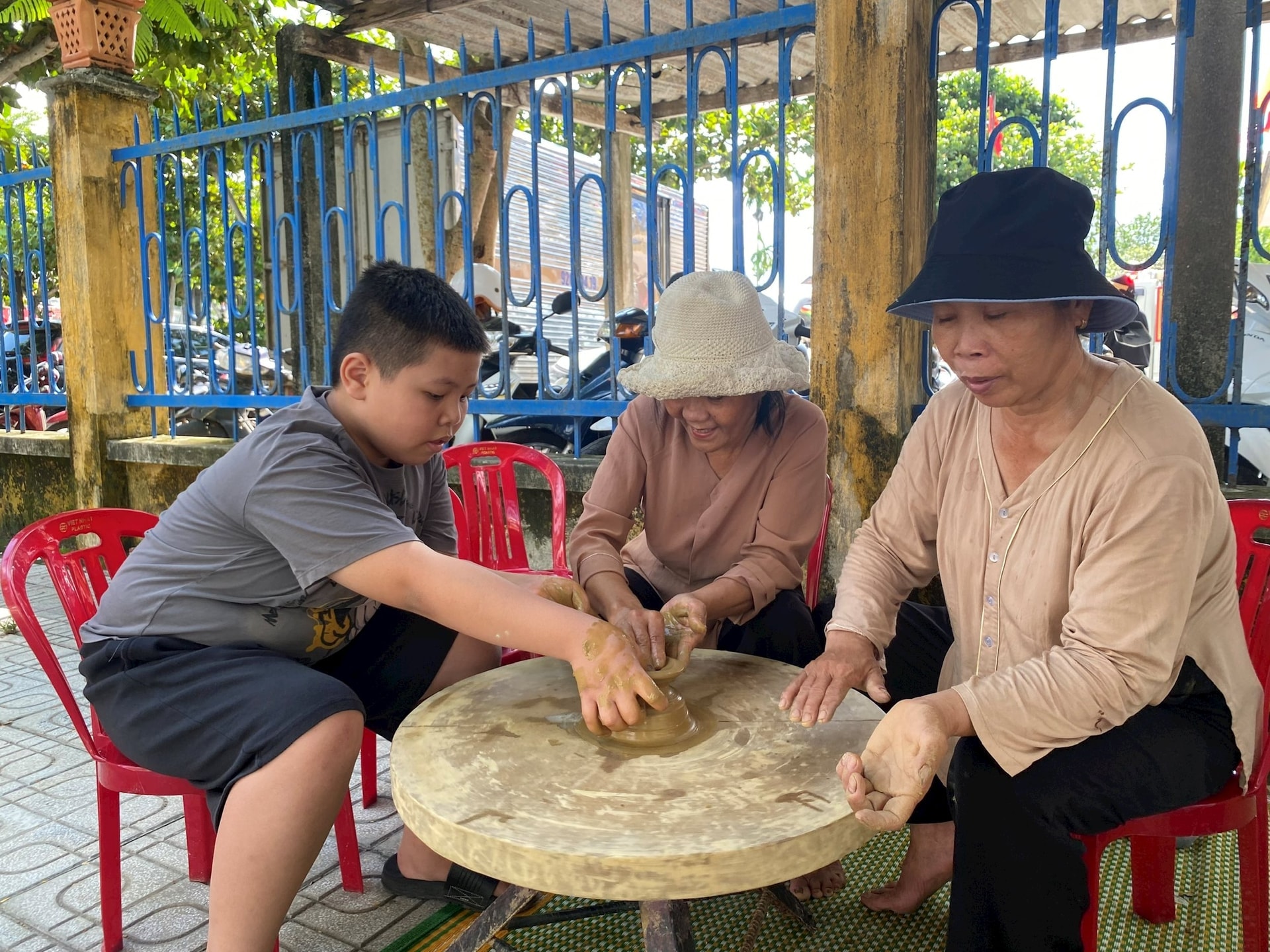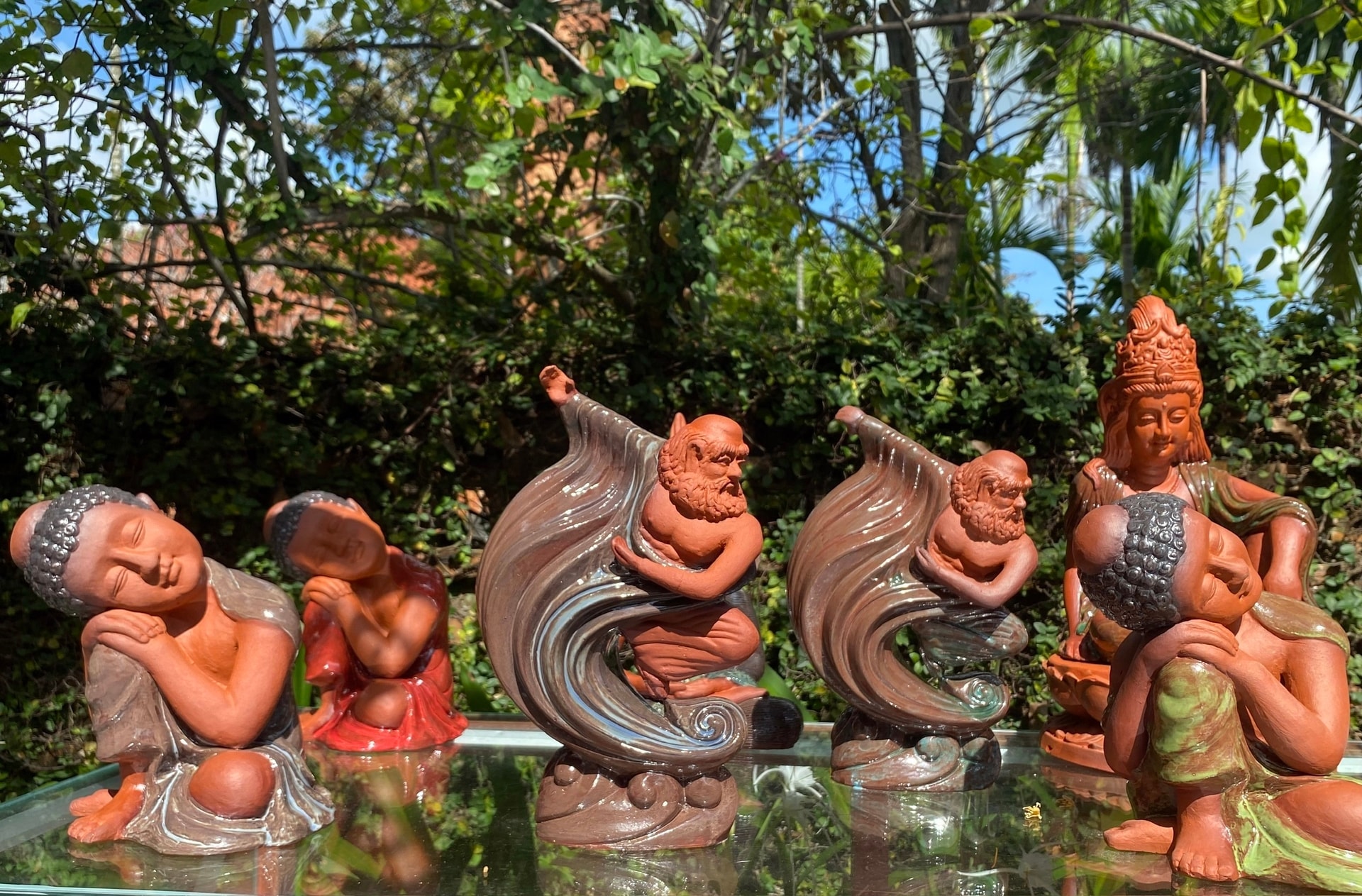DNO - On September 1, residents of Nam Dieu quarter in Thanh Ha Pottery Village, Hoi An ancient town, Da Nang held their traditional ancestral commemoration for the craft of pottery.

The annual ceremony, observed on the 10th day of the seventh lunar month, pays tribute to forefathers who founded the village, established the craft, and passed down techniques that remain integral to local culture.
According to village elders, Thanh Ha Pottery Village emerged in the 16th and 17th centuries when craftsmen from Thanh Hoa and Nghe An migrated south and settled near the lower Thu Bon River.
Over the centuries, its artisans supplied tiles, bricks, and household ceramics for Hoi An’s architecture and regional communities. The Nguyen Dynasty even recorded Thanh Ha ceramics in its imperial chronicle ‘Dai Nam nhat thong chi’.

The Nam Dieu ancestral temple, built in the early 19th century, continues to serve as a spiritual and cultural center for generations of potters.
Recognized in 2019 as a National Intangible Cultural Heritage by Vietnam’s Ministry of Culture, Sports and Tourism, the festival has become both a cultural hallmark and a moment of collective remembrance.
This year’s event combined solemn rituals with vibrant festivities: lion dances paraded through village streets, artisans showcased pottery-making skills, and visitors joined hands-on workshops, folk games, bai choi singing, boat racing, and a street carnival atmosphere.

Thanh Ha has also become a magnet for tourism. In 2024 alone, the village welcomed more than 509,000 ticketed visitors, generating revenues of over VND 18.5 billion.
For locals, the annual festival reinforces ties to their roots; for visitors, it offers a window into Vietnam’s living heritage and the resilience of a craft village that continues to shape Hoi An’s cultural identity.